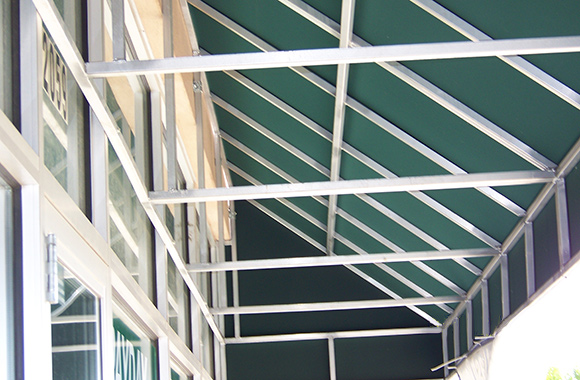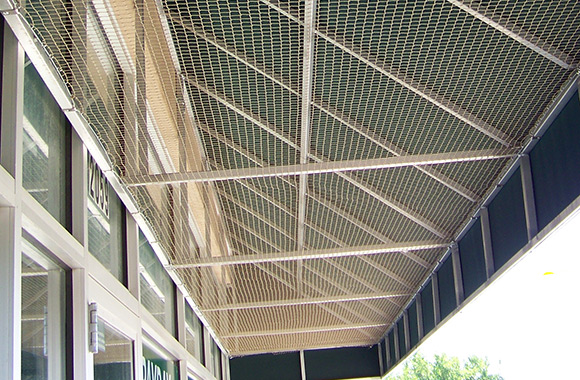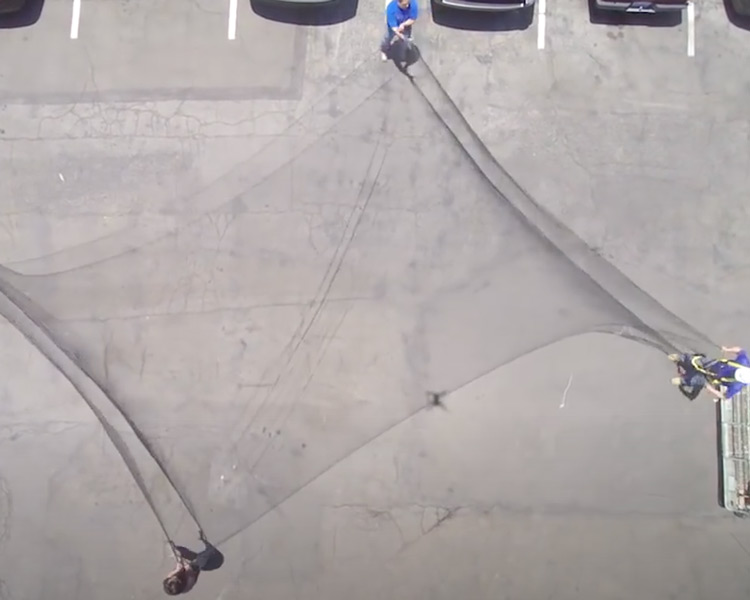About Bird nets, uses and installation
Deterring birds is a task that requires extensive knowledge and preparation and, most important, the use of most appropriate methods and tools. Depending on the species of birds, there are different deterrents one can use to deter a specific species of bird. Additionally, some methods might prove to be more appropriate and effective than other in bird deterring, depending on the type of the environment and space in which you apply them in. However, some methods like bird netting, spikes and fogging are highly useful in various types of environments. They also work well for the majority of bird species. However, choosing the right method amongst them requires knowledge on each specific method, as well as the proper use and installation of. The degree to which these deterrents will be effective directly depends on their proper use and installation.


Methods of deterring birds include a wide variety of different tools and appliances. While some find that simply placing objects that will scare birds away, like artificial animals and hanging shiny objects will be successful in deterring birds, others believe in use of more mechanical methods like bird spikes and electronic boxes. While artificial animals and shiny objects aim to scare the birds away, other methods simply won’t allow them to reach the areas that owners want free of birds. Bird nets are one of these tools. They are often used to prevent birds from reaching certain areas or entering spaces. Before you decide to choose the method of netting to deter birds, it is important for you to gain enough knowledge about types of nets you should use and the way to install them properly. If applied in the right way, these tools will help you not to only deter birds, but also other pests, like mice and rats. They can also be helpful in deterring raccoons, opossums, squirrels and other feral animals that might try to get inside your home.
Bird nets serve to prevent the animals from reaching certain spaces. They are made of wire mesh, which essentially keeps the bird away without harming it. Bird nets are most frequently used to seal spaces like chimney flues, balconies, vents and many other bird entry points. They are available for purchase in the majority of stores that specialize in gardening, and they are also quite affordable. Once the net is set up, the bird is no longer going to be able to enter the particular area. Birds are also not going to be able to land on these nets either. This method is a great solution for all of those who want to avoid harming birds. Indeed, killing birds is not only cruel and unnecessary, but could also be illegal. Depending on the bird species, some of them are protected by law. It is simply much easier to use a net and don’t have to worry about possible legal consequences, than to use more aggressive methods and put yourself in risk of being penalized for breaking the law.
How should you use bird nets? First things first, you need to make sure that the net is the best solution for your space. If you have problems with birds roosting outside your windows and in your balcony, a bird net might help. Also, if your estate has spacious vents built in, it is going to be difficult to keep animals away. Because it’s most likely that you can’t have these completely sealed, bird netting is the way to go. One of more complicated and hazardous bird problems include roosting in the chimney. Birds flying in through your chimney and building nests on top of it puts your household in great risk of catching fire. Moreover, if you are dealing with a protected species, you might have to wait for months before you can remove the nest. For this reason, it would be wise to net your chimney flue. You can also use nets in open spaces, like yards and to protect smaller plants from birds pecking on them. Some also use bird nets to keep birds away from trees.
Installation of bird nets is normally not a difficult task, but it does require some patience, knowledge and precision. The smartest thing you can do is write the information about areas you want netted down and seek advice from the person in charge of selling the nets. To get and adequate amount of net, you should write down the measures of height and length of each space you want to net. The very process of netting is simple. You simply need to fixate the net onto the surface around the area, which you can do by nailing it into it or setting up a frame and then nail the net on top of it. One detail you want to pay attention to is to neither tighten the need too much nor leave it to lose. If you tighten the net too much, it might eventually snap from under the weight of animals trying to chew or claw through it. If you leave the net to hang too loosely, animals might get caught into it and damage it eventually.

To start with, you’re going to need to choose the right size of netting for the bird problem you have. Sparrows are small birds, so 19mm netting is recommended. For seagulls, on the other hand, 75mm netting is recommended. The wrong netting could cause injuries. Seagulls might not see fine, small netting designed for sparrows and get caught up in it. It will be your responsibility to retrieve those birds, if you’re the homeowner. If you cause injury to birds with the netting, or fail to retrieve them, you could be in danger of violating animal welfare laws.
A vast array of netting colours is available, so you can blend it in a little with the surroundings.
Different materials are used to construct different types of bird netting. Outdoor bird netting isn’t always recommended for indoor use. Fire retardant bird netting would be advised for that.
If you have a building that is listed or protected in some way, you may need to get planning permission before you are allowed to install netting. If you don’t own the building, you will likely need to get permission from the owner before installing netting and other types of bird deterrents.
Bird netting is a very good way of keeping nuisance birds at bay, but this is only the case when it has been properly installed by a licensed and experienced professional.

